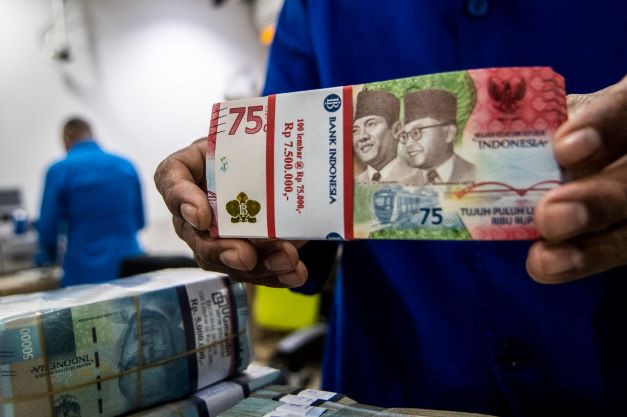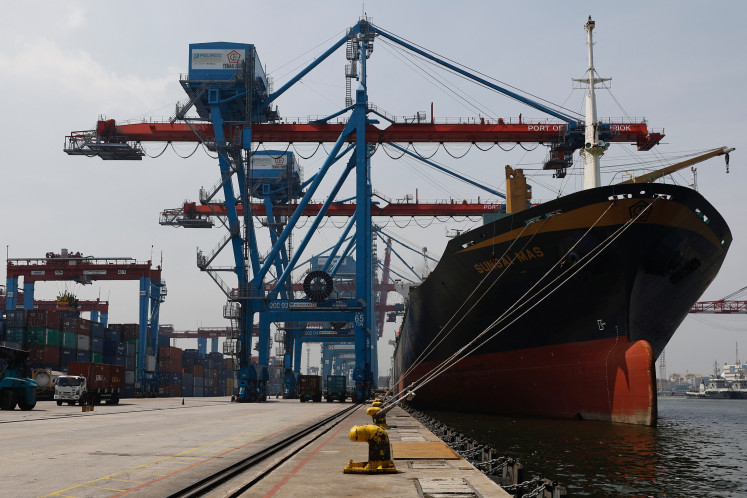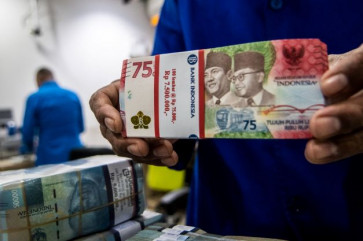Popular Reads
Top Results
Can't find what you're looking for?
View all search resultsPopular Reads
Top Results
Can't find what you're looking for?
View all search resultsSome win, some lose: Industries expect further rupiah drop
Change text size
Gift Premium Articles
to Anyone
T
he decline in the rupiah’s exchange value has had a mixed impact on Indonesian businesses, with many expecting more pressure as input costs rise, while some stand to gain more revenue from customers paying in United States dollars.
The US Federal Reserve’s aggressive interest rate hikes over the past months have prompted investors to shift to assets denominated in US dollars, leading to capital outflows particularly from emerging markets, and prompting the rupiah – like many other currencies – to weaken against the dollar.
The rupiah has depreciated almost 7 percent year-to-date (ytd) to Rp 15,232 per US dollar, while the currencies of India, Malaysia and Thailand are down 8.65 percent, 10.16 percent and 11.36 percent, respectively, against the greenback, according to Bank Indonesia (BI) data as of Sept. 30.
Ariston Tjendra, a trader and forex expert, told The Jakarta Post that many in the market were anticipating a further drop to Rp 15,500 per dollar or lower.
“There is still room for the rupiah to continue depreciating, with the main driver being the rate policy of the Fed, which many expect will make more hikes. BI will need to match the hikes by raising its rate,” Ariston said on Thursday.
Read also: Core inflation to cool to below 4% in third quarter next year: Bank Indonesia
Fikri C. Permana, senior economist at Samuel Securities, explained that industries reliant on imported raw materials or capital goods would be among the hardest hit.


















